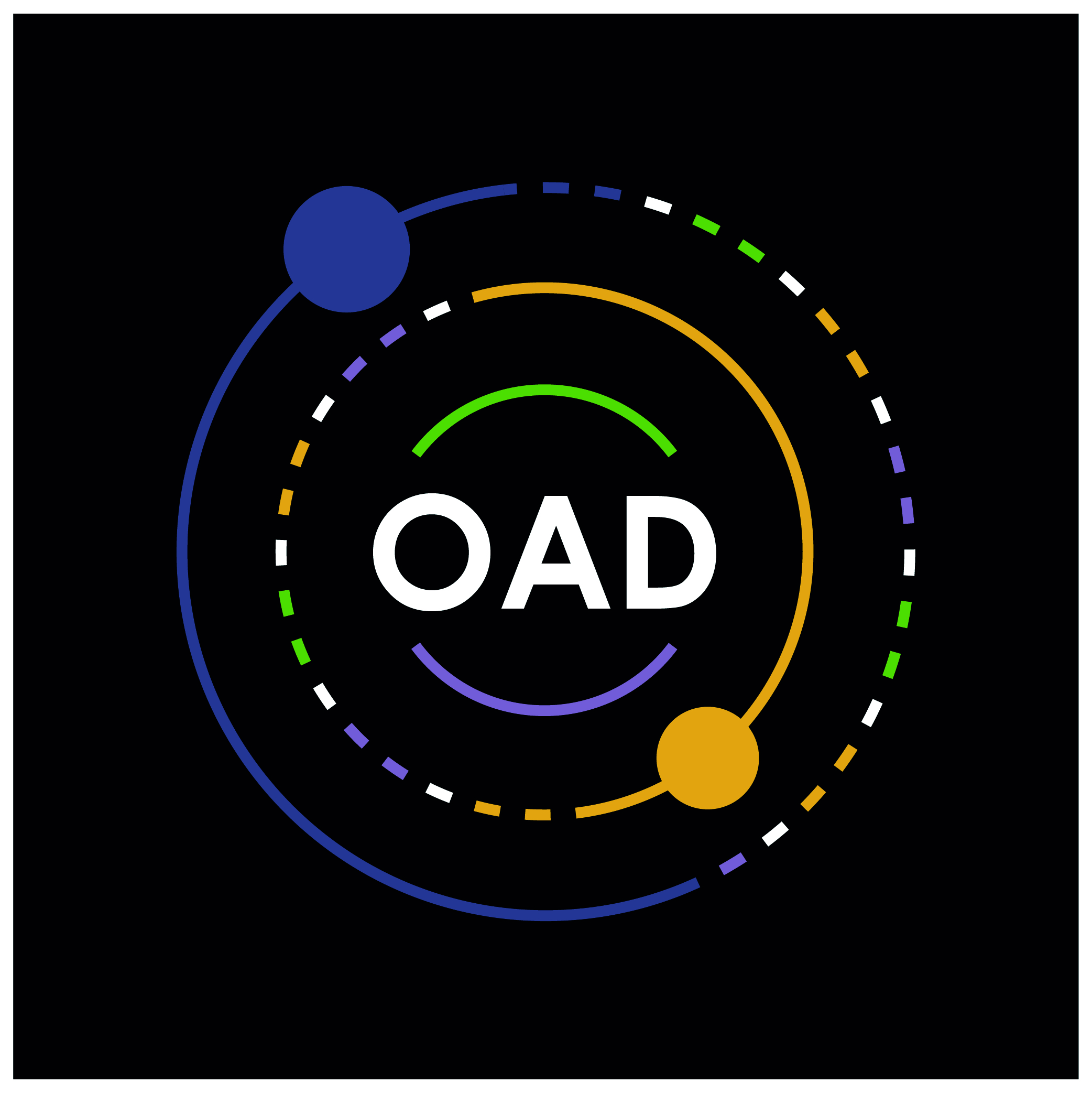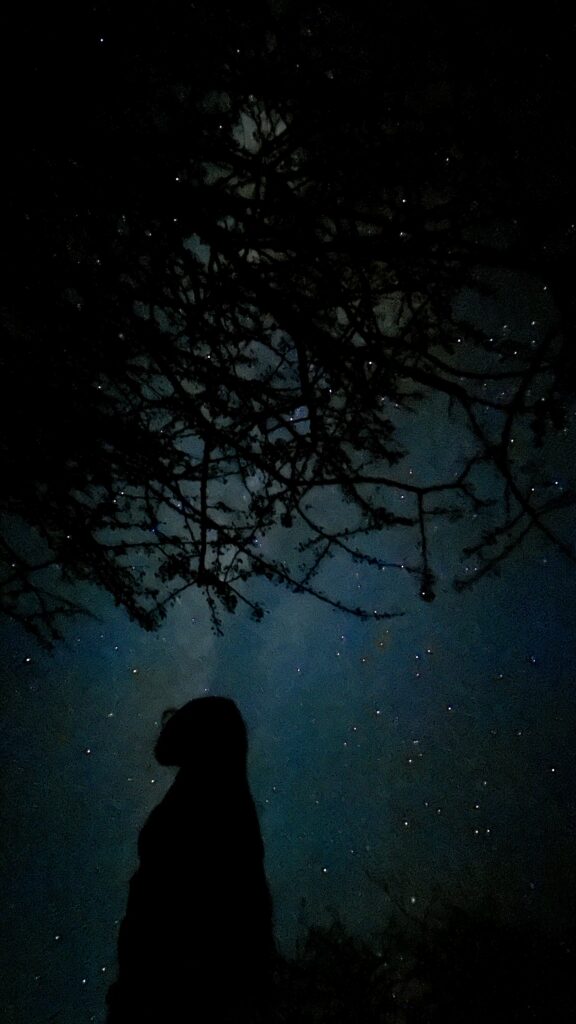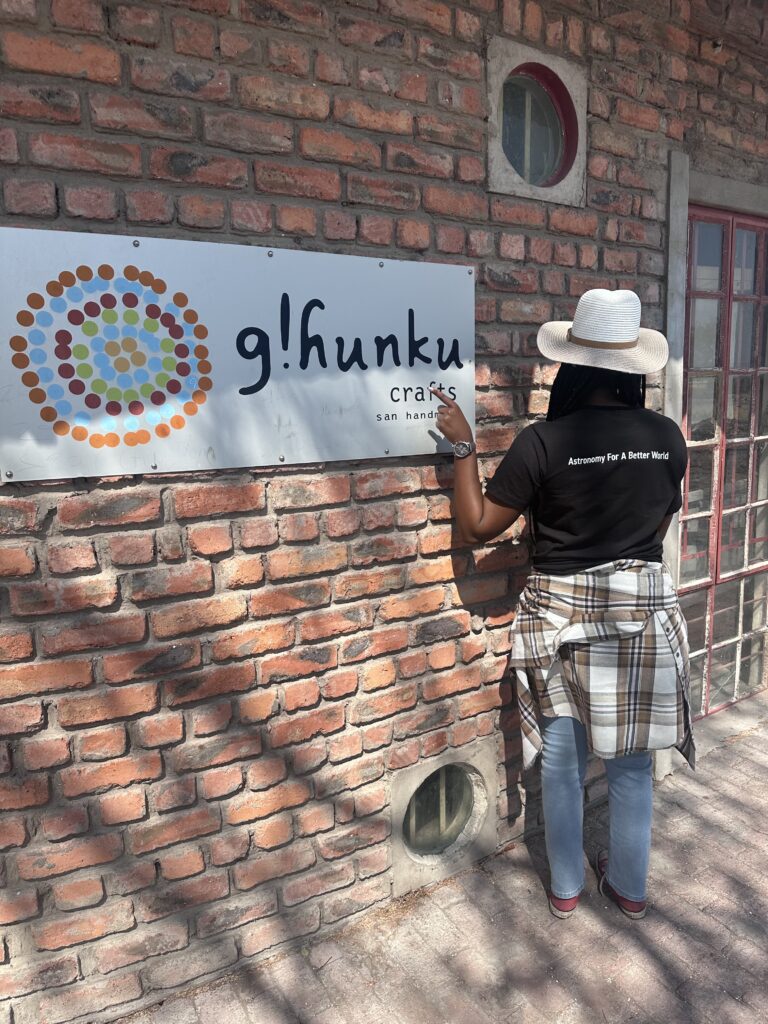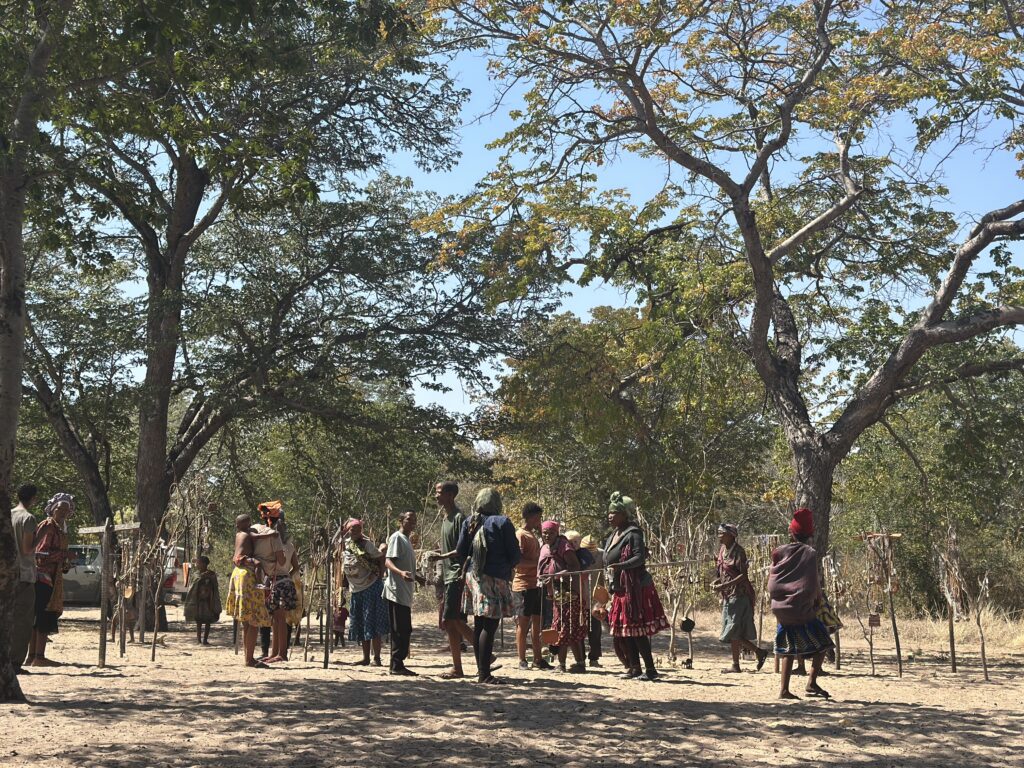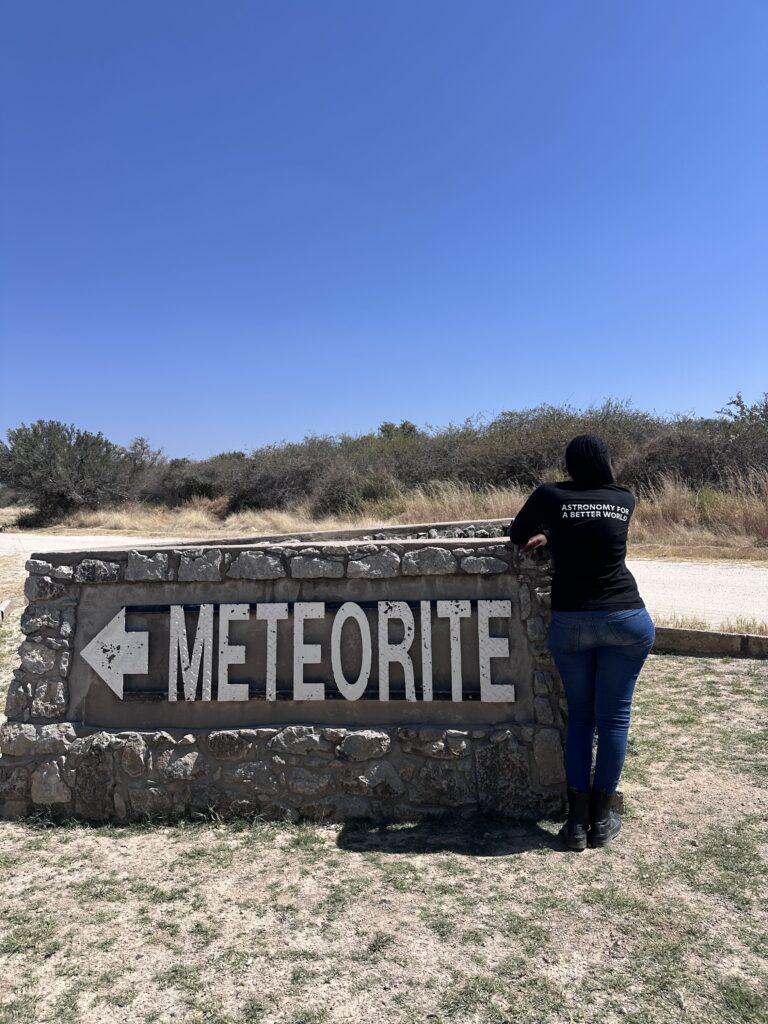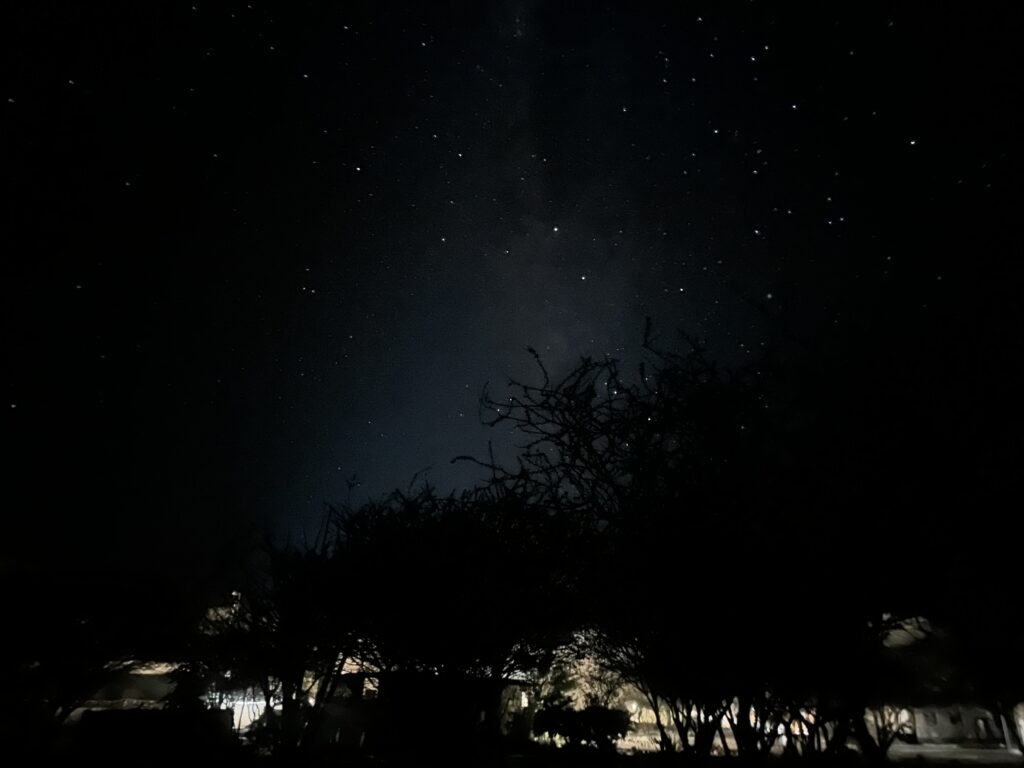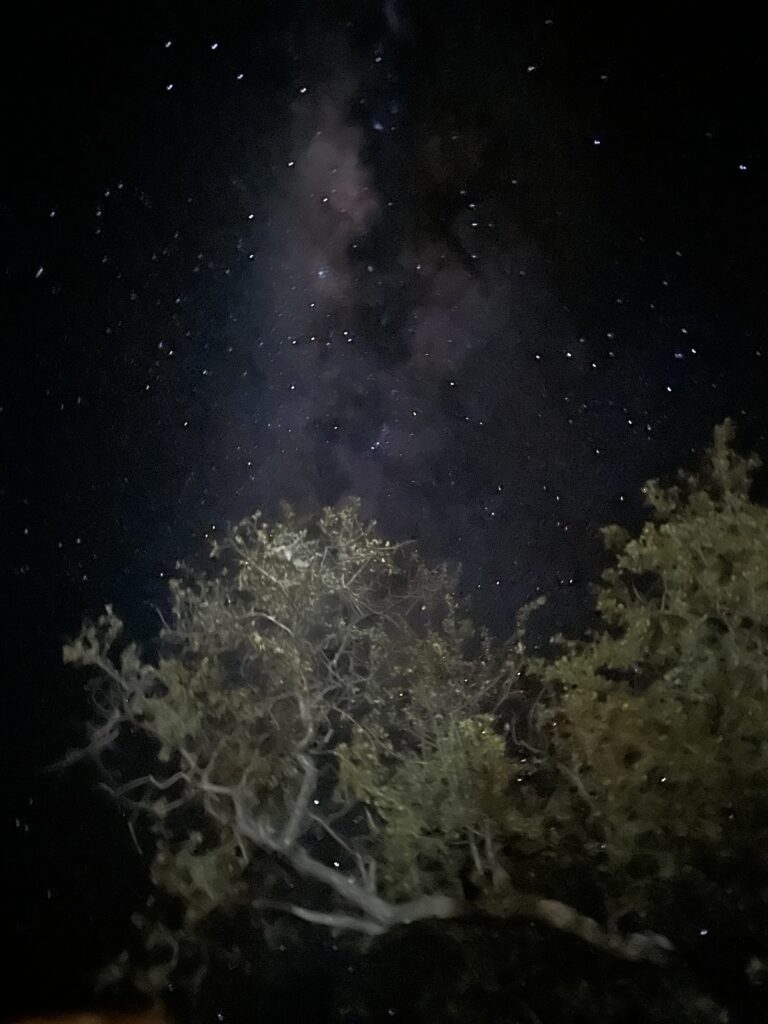This post is a personal reflection by Dr. Joyful Mdhluli on her trip to Namibia.
During the IAU Symposium 399 on Indigenous Astronomy in the Space Age (7–11 July 2025), I delivered a presentation on the role of astrotourism as a tool to promote dark and quiet skies. I discussed how astrotourism can serve as a catalyst for local economic growth while simultaneously encouraging the protection of dark and quiet skies. The presentation emphasised community-owned, community-led, and bottom-up approaches, highlighting the importance of integrating Indigenous and scientific knowledge to create sustainable and inclusive tourism models. I mention this because it ties directly to an experience I had shortly afterward – a trip that brought many of these ideas to life.
Just over a month later, from 17–22 August 2025, I was invited by Dr. Sisco Auala from the Namibia University of Science and Technology to join her on a trip to a small, remote settlement called Tsumkwe. The visit formed part of a project she leads, focused on developing community-led astrotourism experiences with the Nyae Nyae San community. Although I knew the trip involved discussions on astrotourism and product development, I hadn’t fully conceptualised what that would look like in practice.
Located about 800 km from Windhoek, the journey itself was exciting – it was my first time in Namibia, and I looked forward to seeing more of the country. The first day was dedicated entirely to traveling to Tsumkwe, a long but rewarding journey that marked the start of an unforgettable experience.
Being in such a remote area with limited internet access offered me an unexpected gift: the time and space to slow down, reflect, and truly be present. With few distractions, I could engage deeply with my surroundings and the people I met. In the end, this turned out to be one of the most enriching aspects of the trip.
While in Tsumkwe, I found myself reflecting on our Astrotourism Flagship Project at the OAD and the way we approach astrotourism as a tool for sustainable development. Our framework is built on four interconnected pillars: Economic development, Cultural preservation with social inclusion, Environmental and scientific sustainability, and Bridging inequality divides.
Together, these pillars form a framework for creating inclusive tourism ecosystems that uplift communities, protect the night sky, and celebrate cultural heritage. By leveraging dark-sky assets in remote areas, astrotourism can stimulate local entrepreneurship, small business growth, and job creation. It also provides a platform to preserve and share Indigenous knowledge and celestial traditions, allowing communities to lead the design of authentic experiences. At the same time, it promotes environmental stewardship through dark-sky protection and responsible tourism practices. Above all, astrotourism becomes a tool for social connection, using the universal language of the stars to foster mutual respect and shared humanity.
Two of these pillars resonated with me most deeply during this trip: cultural preservation with social inclusion and bridging inequality divides. Being in Tsumkwe, I was struck by how deeply people remain connected to their culture and heritage – reminding me of the importance of placing culture at the heart of every astrotourism initiative. Yet, conversations with community members also revealed the persistent inequalities and exclusion many still face, underscoring the urgency of creating truly inclusive approaches.
The trip was filled with unforgettable moments. Having almost no access to the internet gave me the rare opportunity to fully engage with my surroundings. Meeting the San people was, without a doubt, the highlight. I had only ever seen their community portrayed on television, and suddenly I was there – sharing space, stories, and laughter. It was a humbling reminder of how disconnected I sometimes am from the broader African experience.
Other memorable experiences included visiting the Hoba Meteorite, the largest known meteorite on Earth, and spending evenings under the pristine Namibian night sky. Each night, I took the chance to stargaze and experiment with astrophotography. During one group stargazing session, we even asked the lodge staff to switch off the outdoor lights for a clearer view – a small act that beautifully illustrated how much light pollution affects our view of the cosmos, especially compared to city life.
Another fascinating aspect of the trip was witnessing the integration of traditional knowledge and modern technology. Some of the team members brought VR headsets that featured stories told by an elder from the Nyae Nyae community, sharing his family’s cosmological narratives. Watching him experience his own stories through virtual reality was deeply moving – a true meeting of heritage and innovation. It was a vivid example of how sustainable and inclusive tourism can weave together science, technology, and storytelling in powerful ways.
There are ongoing plans to develop a community-led astrotourism experience in Tsumkwe, and I feel incredibly grateful to have been part of the early planning stages of such meaningful work.
This trip was unexpected, transformative, and deeply grounding. It offered perspective, humility, and a renewed sense of belonging to a much larger story – one written in the stars, but lived here on Earth.
